I want to collect charge from an electron beam source. For that, I'm proposing to put a floating capacitor with its bottom terminal floating and directly exposed to the electron beam gun. The top terminal would be connected to a transconductance amplifier.
Do you think that it will work? What considerations or modifications would you suggest?
